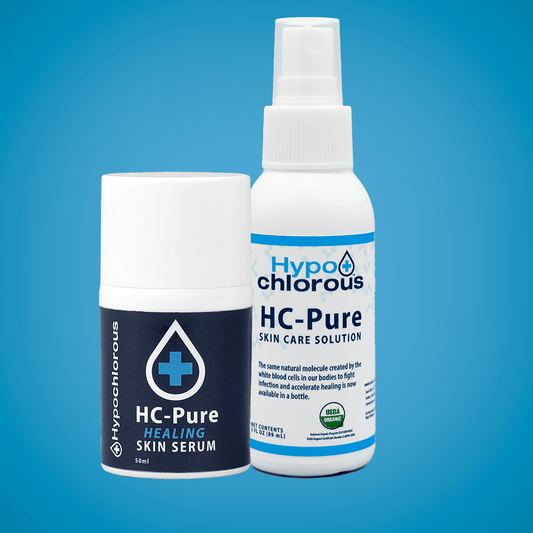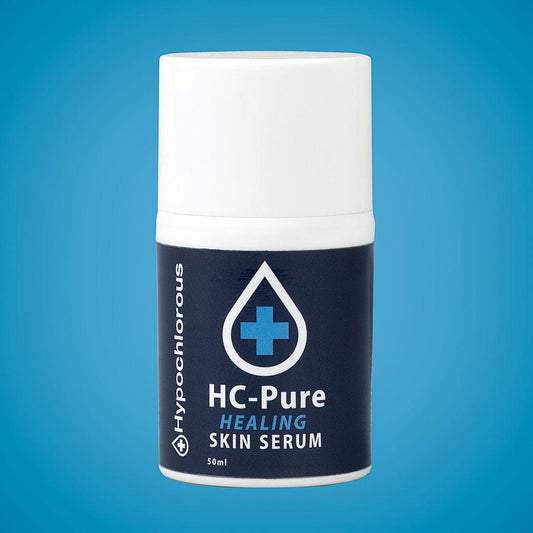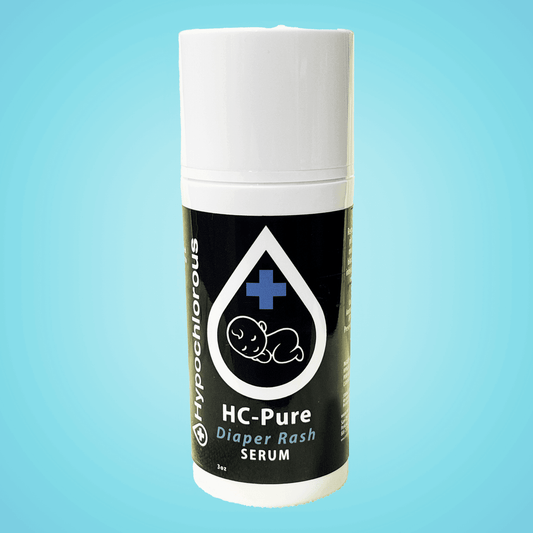A Third, Often Overlooked Source of Home Contamination
In previous installments of this series, we explored how toxic chemicals and bacteria enter your home through cleaning products and food. But there’s another major pathway that often goes unnoticed: your water supply.
Today, we’re diving into how to protect your health by removing harmful contaminants from the water you drink, cook with, and brush your teeth with every day.
Why Clean Water Is Essential for Good Health
Water makes up about 60% of the human body, and every cell depends on it to function properly. Clean water supports hydration, digestion, circulation, temperature regulation, detoxification, and a strong immune system. It also delivers essential minerals like calcium, magnesium, and potassium.
Yet, despite how critical water is to life, the quality of our water has been deteriorating for decades. Fertilizers, pesticides, industrial runoff, and pharmaceutical waste are now common in water supplies across the United States.
What’s Lurking in Your Tap Water?
In the past 70 years, water contamination has surged:
- Agricultural chemicals like atrazine, glyphosate, and nitrates seep into groundwater from farms and lawns.
- "Forever chemicals" (PFAS) are found in over 45% of U.S. water supplies. These substances are linked to serious health risks and don’t break down in the environment.
- Cleaning agents like quats (quaternary ammonium compounds) can form dangerous byproducts like NDMA—a known carcinogen.
- Pharmaceuticals from human waste and improper disposal are also being detected in trace amounts.
- Heavy metals, arsenic, lead, chlorine byproducts, and even uranium have been found in both city and well water.
Bottled water isn’t a safe solution either. It’s less regulated than tap water, and plastic bottles often leach microplastics and chemicals into the water.
We have to drink water to survive. But we don’t have to drink water that’s contaminated.
How to Make Your Water Safe
The good news? Modern filtration technology makes it easy and affordable to protect your home.
A reverse osmosis (RO) system installed under your sink can remove over 99% of toxic contaminants, including:
- Chlorine
- Arsenic
- Lead and heavy metals
- Nitrates and sulfates
- PFAS
- NDMA
- Pesticides
- Pharmaceuticals
Reverse osmosis works by pushing water through a semi-permeable membrane, filtering out even particles as small as single atoms. Paired with an activated carbon filter, it delivers exceptionally clean water for drinking, cooking, and brushing your teeth.
Want whole-home protection? More advanced systems are available to filter every drop of water that enters your home. But if you're just getting started, a simple under-sink RO system is a powerful first step.
Should You Be Concerned About Soft Water?
Many homes use water softeners to prevent hard water buildup and improve soap efficiency. While helpful, softeners replace calcium and magnesium with sodium, which may raise concerns if consumed regularly.
Here’s the solution: a reverse osmosis system will also remove sodium, ensuring your drinking water stays clean and safe—even if your home uses a softener.
What About Bacteria and Viruses?
RO systems aren’t designed to remove bacteria or viruses—and if bacteria get into the system, it can grow in the filters and damage the membrane.
If you use municipal water, you’re in luck: treatment plants use chlorine and other disinfectants to kill pathogens. Combine that with an RO system, and your water will be free of both chemical and biological threats.
However, if you rely on well water, you could be at risk. A USGS study found that over 20% of private wells contain bacteria at potentially harmful levels.
If your water has an odor or causes digestive discomfort, get it tested by an EPA-certified lab. If bacterial contamination is confirmed, here are three solutions:
- Shock your well with safe, natural hypochlorous acid (available from The Hypochlorous Company).
- Install a UV treatment system to kill bacteria at the point of entry.
- Add residual protection by dosing your water with USDA Organic hypochlorous acid—ideal for high-use systems like farms or shared wells.
Disinfecting Water on the Go
Traveling, camping, or living in areas with uncertain water quality? Disinfect water easily with USDA Organic hypochlorous acid from The Hypochlorous Company.
- Add 3 oz per gallon of water.
- Wait 5 minutes, and it’s safe to drink, cook with, or use for hygiene.
- For murky water, use up to 6 oz per gallon.
We’re Here to Help You Live Cleaner and Healthier
Clean water is a right—not a luxury. Let us help you reclaim it.




